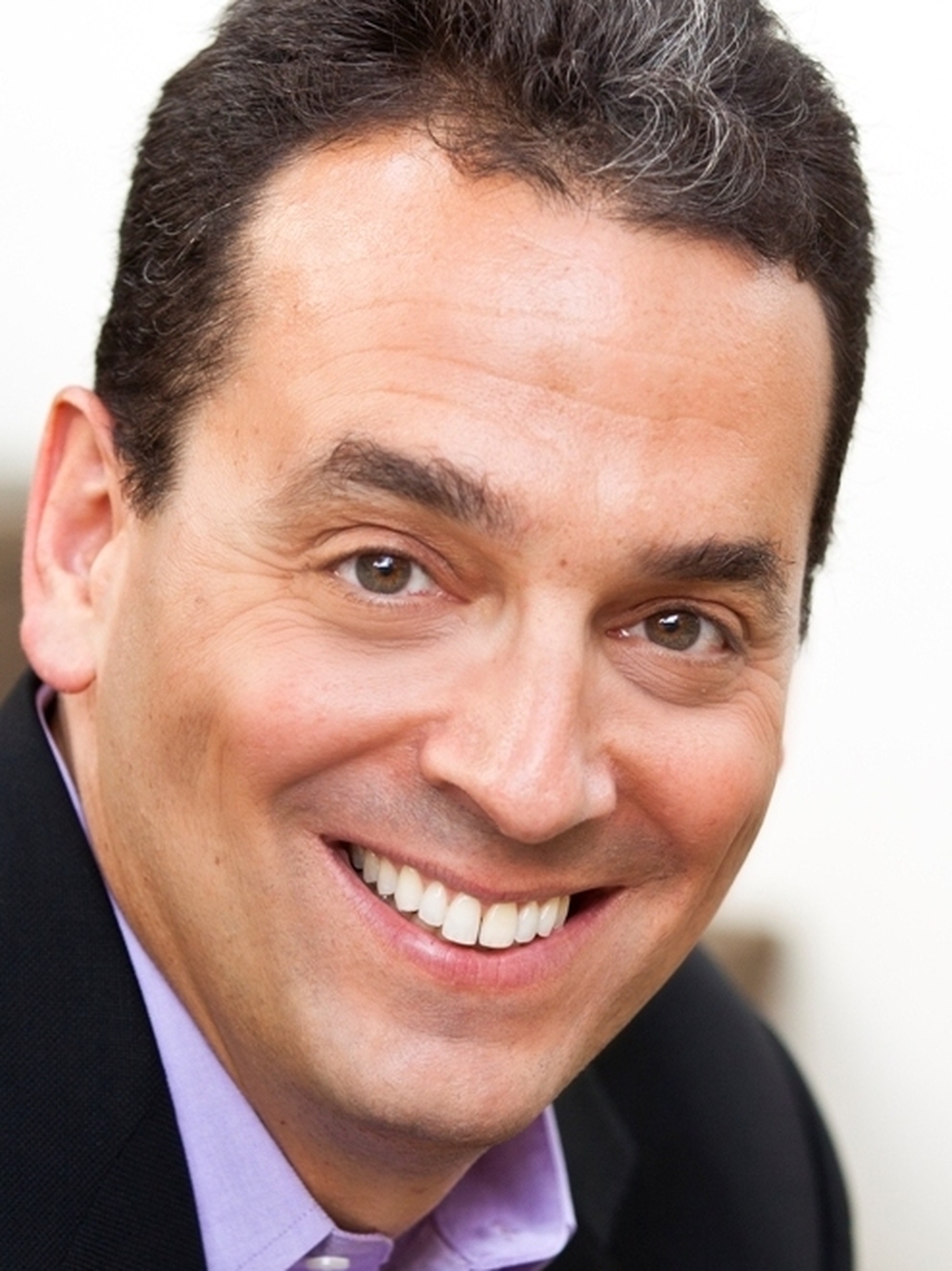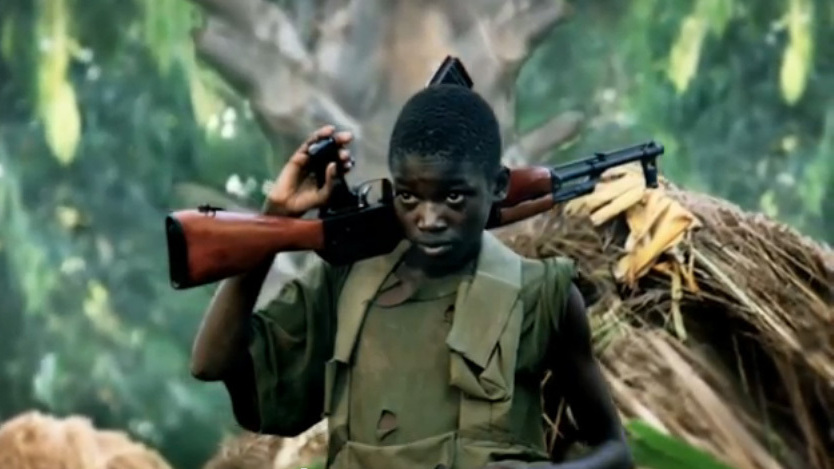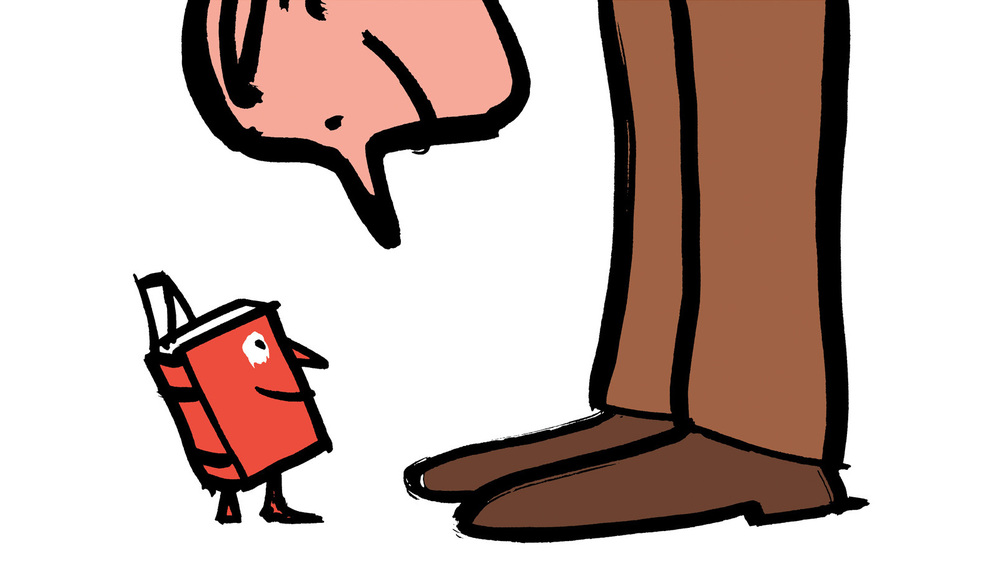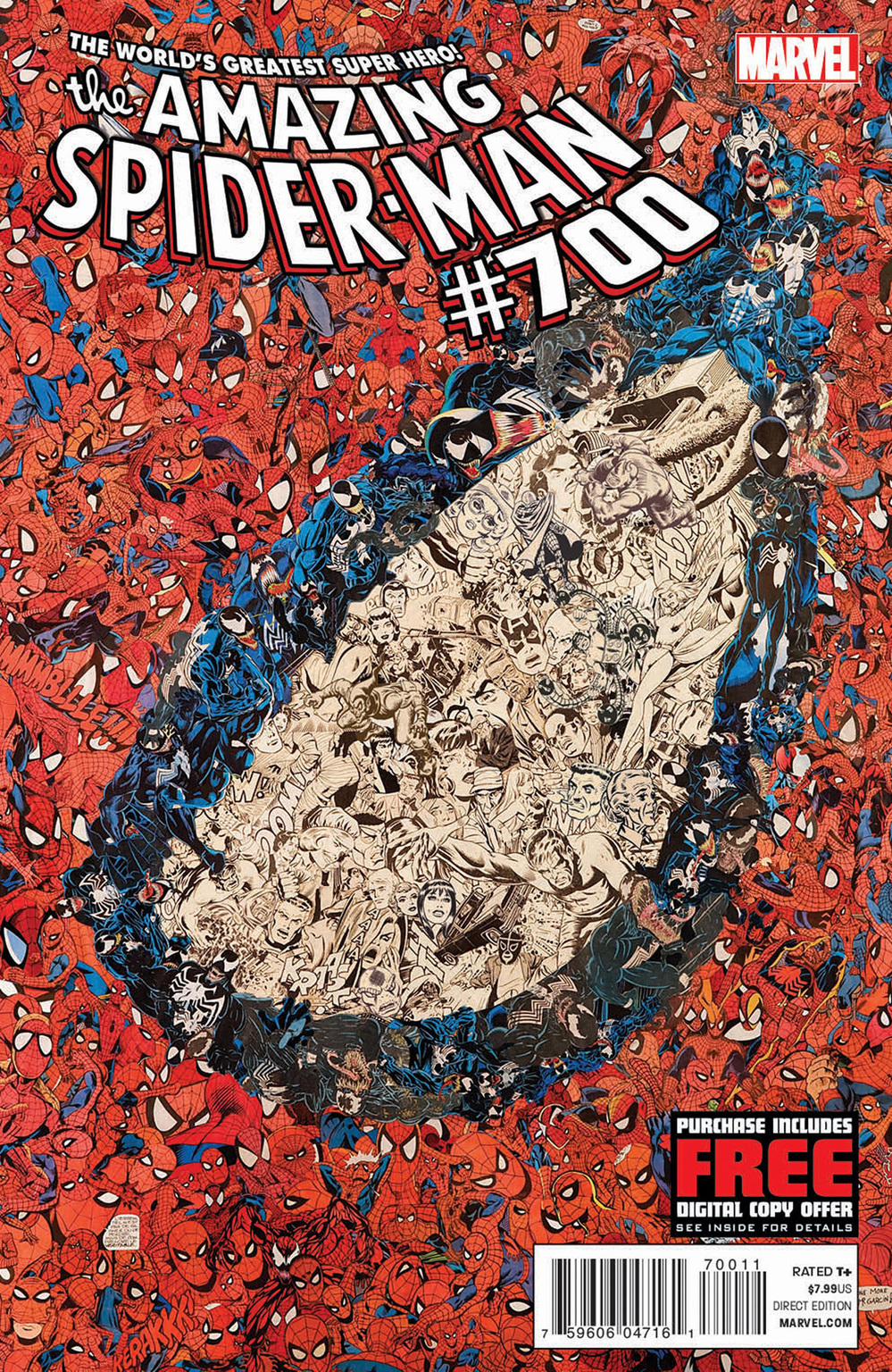 Hide caption Tell Me More intern Azmi Abusam is dressed in designs by Guess, Aldo and H&M. He got his handmade leather bag from a street dealer in Khartoum, Sudan. Abusam says his style changes every six months, but it's usually based on comfort, quality and personal taste.
Hide caption Tell Me More intern Azmi Abusam is dressed in designs by Guess, Aldo and H&M. He got his handmade leather bag from a street dealer in Khartoum, Sudan. Abusam says his style changes every six months, but it's usually based on comfort, quality and personal taste.  Hide caption NPR Washington Desk Assistant Editor Brakkton Booker.
Hide caption NPR Washington Desk Assistant Editor Brakkton Booker.  Hide caption NPR Digital Media's Matt Thompson shows off a plum-colored Express shirt with a lavender DKNY silk tie, charcoal wool vest by Indochino and wool pants by Calvin Klein. He says he keeps things simple for the most part, usually wearing muted colors with one bold accent.
Hide caption NPR Digital Media's Matt Thompson shows off a plum-colored Express shirt with a lavender DKNY silk tie, charcoal wool vest by Indochino and wool pants by Calvin Klein. He says he keeps things simple for the most part, usually wearing muted colors with one bold accent.  Hide caption Tell Me More's Barbershop guy Jimi Izrael wears a Kenneth Cole shirt, Inc jacket and Ray Ban glasses. He says he mostly has his wife's taste in clothes, but also likes unconventional takes on conventional clothing items.
Hide caption Tell Me More's Barbershop guy Jimi Izrael wears a Kenneth Cole shirt, Inc jacket and Ray Ban glasses. He says he mostly has his wife's taste in clothes, but also likes unconventional takes on conventional clothing items.  Hide caption Republican strategist Ron Christie wears a tailored three-piece suit from Lord Willy's in New York City. He says the style is bespoke British with irreverent flair. And when Christie isn't dressed for business, he turns to casual Lucky Brand jeans and a sweater.
Hide caption Republican strategist Ron Christie wears a tailored three-piece suit from Lord Willy's in New York City. He says the style is bespoke British with irreverent flair. And when Christie isn't dressed for business, he turns to casual Lucky Brand jeans and a sweater.  Hide caption Tell Me More's Barbershop and political chat contributor Corey Ealons is outfitted in a Joseph Abboud black velvet jacket with a ticket pocket and pink silk handkerchief. Ealons says real men can wear pink with confidence, and that his style is classic and clean with a little edge.
Hide caption Tell Me More's Barbershop and political chat contributor Corey Ealons is outfitted in a Joseph Abboud black velvet jacket with a ticket pocket and pink silk handkerchief. Ealons says real men can wear pink with confidence, and that his style is classic and clean with a little edge.  Hide caption Maxwell Ealons, 4, enjoys dressing like his father, Corey. His dressy clothes usually come from Children's Place, H&M, Target and Zara. He actually dresses himself for school with Spider-Man, Batman and Redskins shirts, plus jeans or sweat pants.
Hide caption Maxwell Ealons, 4, enjoys dressing like his father, Corey. His dressy clothes usually come from Children's Place, H&M, Target and Zara. He actually dresses himself for school with Spider-Man, Batman and Redskins shirts, plus jeans or sweat pants. For many, style is much deeper than articles of clothing; it's a statement of identity. Black men have a unique relationship with fashion, one that can be traced all the way back to the 17th and 18th centuries.
Monica L. Miller, the author of Slaves to Fashion: Black Dandyism and the Styling of Black Diasporic Identity, spoke with Tell Me More's Michel Martin about the past, present and future of black men's fashion.
Miller, an associate professor of English at Barnard College, explains that African-American men have used style as a way to challenge stereotypes about who they are. "Sometimes the well-dressed black man coming down the street is asking you to look and think."
Victor Holliday, associate producer of on-air fundraising at NPR and one of the resident kings of style, tells Martin that he learned about the importance of fashion at an early age. "When I was 5 years old, I knew exactly how I was going to look," he says. "And that was the year I got my first trench coat and my top hat."
Holliday's style icon is his father, who taught him that the main object of dressing up is winning respect. "Because as you present yourself seriously, people tend to take you seriously."
Holliday is one of the men featured in Tell Me More's Kings of Style slideshow.


 Ringing in the New Year in Spain requires eating a dozen grapes and wearing a very specific kind of undergarment.Jeff Koehler
Ringing in the New Year in Spain requires eating a dozen grapes and wearing a very specific kind of undergarment.Jeff Koehler  The traditional variety of grape consumed at the start of the new year is called Aledo. The grapes mature late are not harvested until November and December.Jeff Koehler
The traditional variety of grape consumed at the start of the new year is called Aledo. The grapes mature late are not harvested until November and December.Jeff Koehler  Supermarkets sell small tins of 12 seeded and peeled grapes.Jeff Koehler
Supermarkets sell small tins of 12 seeded and peeled grapes.Jeff Koehler 
 Daniel H. Pink is the author of five books about the changing world of work, including A Whole New Mind and Drive.Rebecca Drobis/Courtesy of Riverhead Hardcover
Daniel H. Pink is the author of five books about the changing world of work, including A Whole New Mind and Drive.Rebecca Drobis/Courtesy of Riverhead Hardcover 





 Pascal Le Segretain/Getty Images
Pascal Le Segretain/Getty Images  iStockphoto.com
iStockphoto.com  Commentator Bonny Wolf expects Asian cuisine like kimchi fried rice to become even more popular in 2013.iStockphoto.com
Commentator Bonny Wolf expects Asian cuisine like kimchi fried rice to become even more popular in 2013.iStockphoto.com  Nishant Choksi
Nishant Choksi 





 Santa (Isabel Cardoso) cares for an elderly woman as she slips into delusions, seeing her as a hunter, among other things.Adopt Films
Santa (Isabel Cardoso) cares for an elderly woman as she slips into delusions, seeing her as a hunter, among other things.Adopt Films  A screengrab from the "Kony 2012" online video about the Central African warlord Joseph Kony, which skyrocketed in popularity after its release in March. It was criticized, then forgotten, just as quickly.via YouTube
A screengrab from the "Kony 2012" online video about the Central African warlord Joseph Kony, which skyrocketed in popularity after its release in March. It was criticized, then forgotten, just as quickly.via YouTube  "JB Fan Video" got more than 1 million views in 48 hours. Within weeks, it was largely forgotten.via YouTube
"JB Fan Video" got more than 1 million views in 48 hours. Within weeks, it was largely forgotten.via YouTube 






 While in town, Steve meets Alice (Rosemarie DeWitt).Scott Green/Focus Features
While in town, Steve meets Alice (Rosemarie DeWitt).Scott Green/Focus Features  The Amazing Spider-Man #700 is the final issue of the series.AP/Marvel Comics
The Amazing Spider-Man #700 is the final issue of the series.AP/Marvel Comics  Penguin and Random House, two of the biggest players in publishing, announced in October that they would merge.AFP/AFP/Getty Images
Penguin and Random House, two of the biggest players in publishing, announced in October that they would merge.AFP/AFP/Getty Images  Selfie, one of the candidates for 2012's Word of the Year, means a self-portrait photograph, usually posted to a social networking site.textsfromhillaryclinton.tumblr.com/Original image by Diana Walker for Time
Selfie, one of the candidates for 2012's Word of the Year, means a self-portrait photograph, usually posted to a social networking site.textsfromhillaryclinton.tumblr.com/Original image by Diana Walker for Time